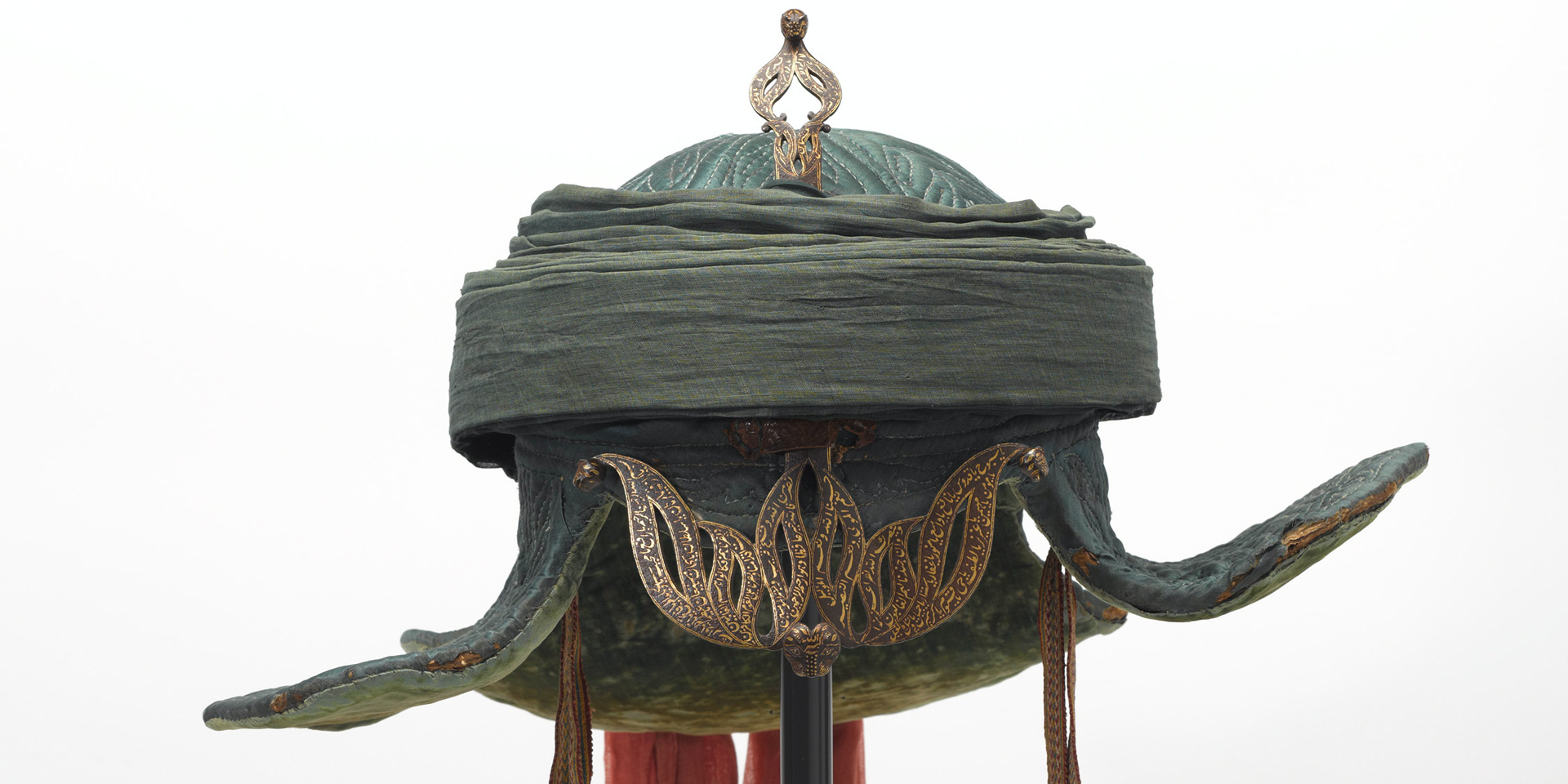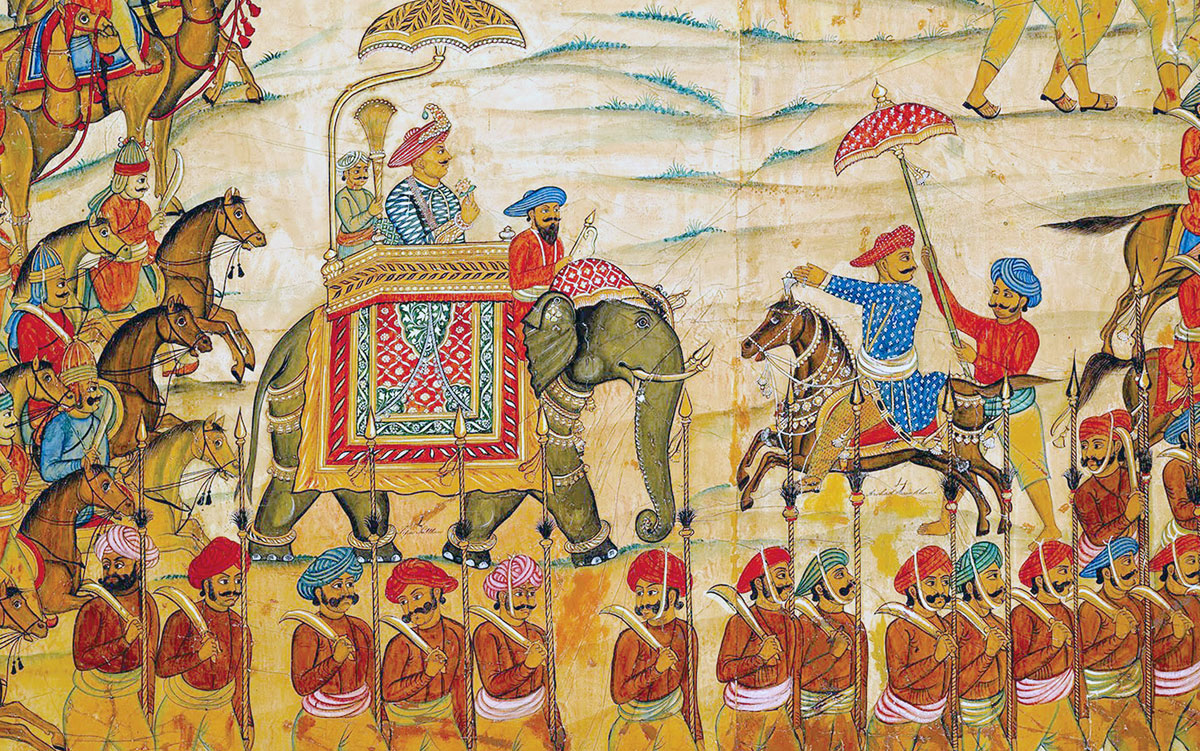 |
| Bubris |
Tipu Sultan had a fascination for tigers which is evident in the repeated tiger motif in his swords, guns, throne, royal seats, royal flags, standards, etc.
 |
| War turban of Tipu Sultan. Notice the gold inlaid metallic plate (forehead guard) decorated with six bubris. The top of this metallic plate is crowned by four bubris. |
One particular design motif derived from the tiger stripes recurs significantly in his dresses, upholstery, documents, architectural ornaments, etc. The way he has used these motifs is so uncanny to the modern ways of brand building in the capitalist world.
 |
| Tipu's canon with tiger head. Notice the bubris or tiger stripes. |
This motif is a simplified tiger stripe somewhat similar to the letter 'S'. It has got a unique name as well - 'Bubris'. This word is always used together with the word 'Tiger'. So it is 'Tiger Bubris'.
 |
| Tipu Sultan on his throne. Notice the tiger heads and bubris in the borders. |
I was wondering since many years, since I came across the word and its meaning, as to the origin of the word. The problem was that I was pronouncing it as 'boobrees'. One day I was drinking coffee in the typical South Indian style with a stainless steel tumbler and its accompanying container which is called as 'Dabree'. I am fascinated with words which sound strange. So I was playing with the word 'Dabree' in my head when suddenly there popped the word 'Bubri' which was similar in sound.
It was an eureka moment. My confusion about the word got cleared in a second when I pronounced the word as 'Babree'.
 |
| Tipu Sultan seated on an elephant. Mural depicting the battle of Polilur. Mural at the Dariya Daulat Baug palace, Srirangapatna, Mysuru. Notice the bubris design on the parasol, the border of the Tipu's seat and the white bubris on the red border of the cloth on the back of the elephant. |
In colloquial Hindi and Urdu, the tiger is called as 'Sher' (Sher is a persian word for lion). A strong and powerful male tiger in his prime is called as 'Babbar Sher'. So you can now see the connection clearly. Babbaree means 'of Babbar' (of tiger). Further, Babbaree has been anglicised as Bubri (singular) or Bubris (plural or collective).
So the final word is this - Bubris means the design motif of a tiger.
This is my hypothesis regarding the lexicological derivation of the word 'Bubris'.
Further, this design element did not die with Tipu Sultan in 1799. It has continued till today but shorn off its importance. Even today the Dasara elephants of Mysuru are covered with beautifully embroidered clothes on their backs which invariably have borders populated with bubris.
Bubris had captured the imagination of Mysureans so much that it endured few wars, a regime change and the merging of Mysore into the Dominions of India. It has remained as a silent testimony to the era of Tipu Sultan in the history of Mysore.
No comments:
Post a Comment